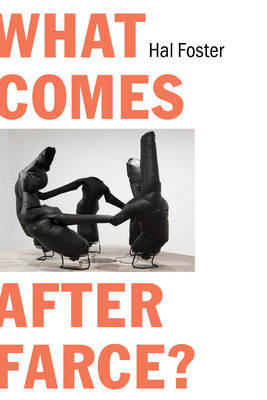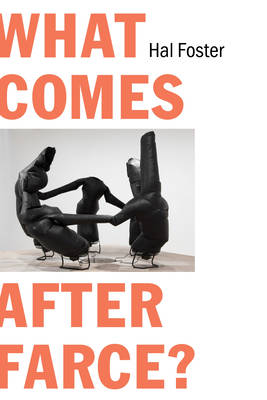
- Retrait gratuit dans votre magasin Club
- 7.000.000 titres dans notre catalogue
- Payer en toute sécurité
- Toujours un magasin près de chez vous
- Retrait gratuit dans votre magasin Club
- 7.000.0000 titres dans notre catalogue
- Payer en toute sécurité
- Toujours un magasin près de chez vous
34,95 €
+ 69 points
Description
Surveying the artistic and cultural scene in the era of Trump In a world where truth is cast in doubt and shame has gone missing, what are artists and critics on the left to do? How to demystify a political order that laughs away its own contradictions? How to mock leaders who thrive on the absurd? And why, in any event, offer more outrage to a media economy that feeds on the same? Such questions are grist to the mill of Hal Foster, who, in What Comes after Farce?, delves into recent developments in art, criticism, and fiction under the current regime of war, surveillance, extreme inequality, and media disruption. Concerned first with the cultural politics of emergency since 9/11, including the use and abuse of trauma, conspiracy, and kitsch, he moves on to consider the neoliberal makeover of aesthetic forms and art institutions during the same period. A final section surveys signal transformations in art, film, and writing. Among the phenomena explored are machine vision (images produced by machines for other machines without a human interface), operational images (images that do not represent the world so much as intervene in it), and the algorithmic scripting of information that pervades our everyday lives. If all this sounds dire, it is. In many respects we look out on a world that has moved, not only politically but also technologically, beyond our control. Yet Foster also sees possibility in the current debacle: the possibility to pressure the cracks in this order, to turn emergency into change.
Spécifications
Parties prenantes
- Auteur(s) :
- Editeur:
Contenu
- Nombre de pages :
- 224
- Langue:
- Anglais
Caractéristiques
- EAN:
- 9781804295939
- Date de parution :
- 22-10-24
- Format:
- Livre broché
- Format numérique:
- Trade paperback (VS)
- Dimensions :
- 143 mm x 211 mm
- Poids :
- 426 g

Les avis
Nous publions uniquement les avis qui respectent les conditions requises. Consultez nos conditions pour les avis.






